

Max Davies
5 Days Ago
The idea of less is more appears to have been taken from Ferrari's business model, and it has paid off in spectacular fashion.

Marketplace Journalist
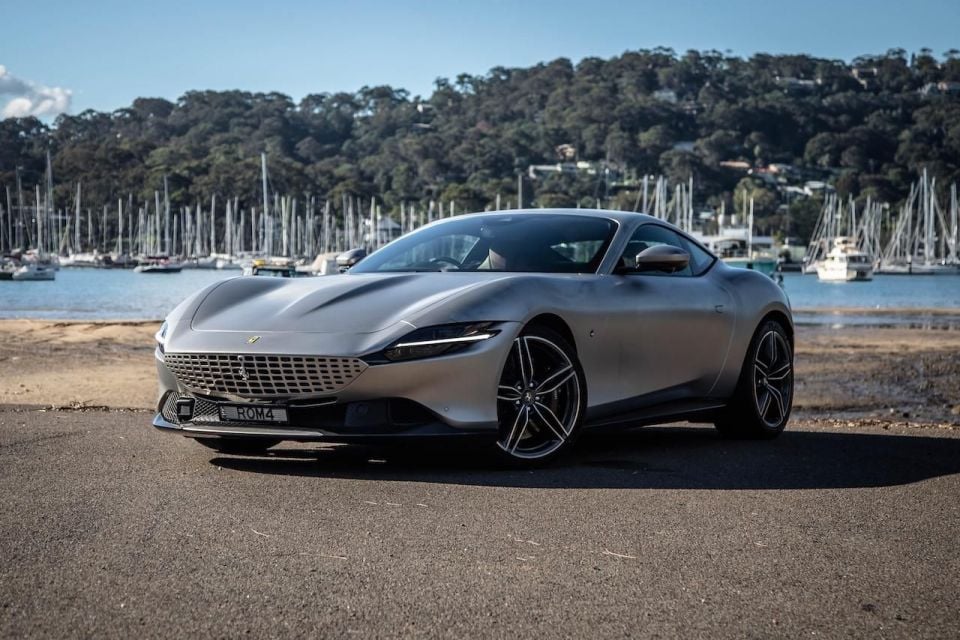

Marketplace Journalist
Massive production volume doesn’t necessarily result in the largest profits, as Ferrari proved in 2023.
The iconic Italian manufacturer last year recorded total revenues of 5.97 billion euro (around A$9.7 billion) from just 13,663 deliveries, up 17 per cent and 3.3 per cent on 2022 respectively.
Industry analyst Felipe Munoz crunched the numbers for Ferrari and a raft of other brands, calculating the Prancing Horse made €117,927 (~A$192,221) in operating profits per vehicle sold in 2023 – around five times more than the next most profitable manufacturer.
For context, Chinese plug-in hybrid and electric vehicle manufacturer BYD sold a massive 3,024,417 vehicles in 2023, but only made €1607 (~A$2618) per vehicle sold. It would need to sell 73 cars to beat Ferrari’s profit per unit.
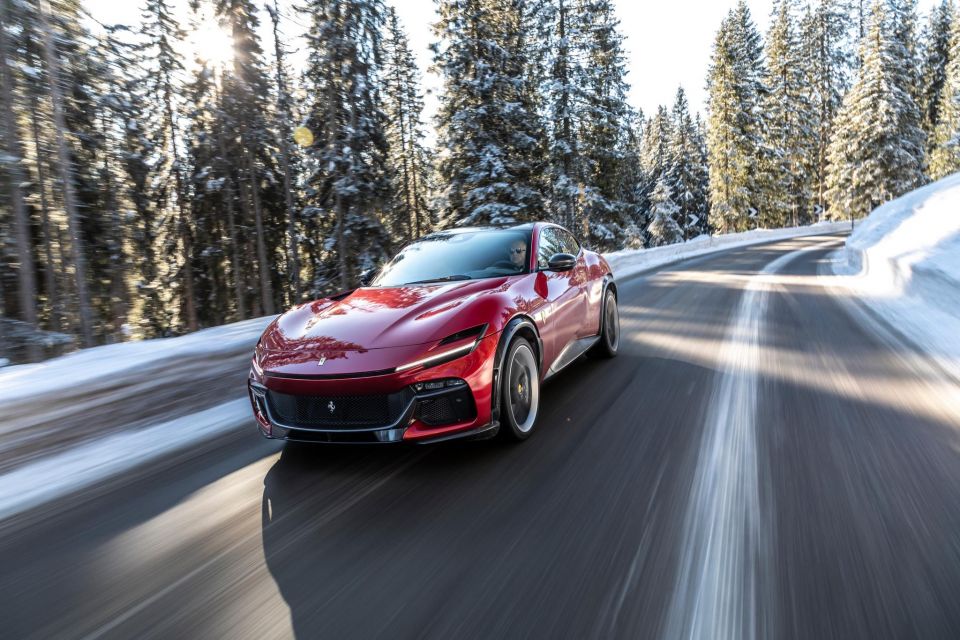
The introduction of the Purosangue likely contributed to Ferrari’s profits, as the SUV commanded an average price of A$1 million and sold out as early as March last year.
The second most profitable manufacturer was Porsche, which made €22,747 (~A$37,078) in operating profits per car sold.
The German marque sold 320,221 cars in 2023, with the 911 posting the highest sales growth and its SUVs making up 55 per cent of its global volume.
Porsche would need to sell six cars to beat Ferrari’s 2023 profit per unit.

Here’s a breakdown of each manufacturer’s operating profits per unit sold:
| Manufacturer | Units sold (global) | Profits per unit (approx. AUD) |
|---|---|---|
| Ferrari | 13,663 | $192,221 |
| Porsche | 320,221 | $37,078 |
| Jaguar Land Rover (JLR) | 420,584 | $13,871 |
| BMW (incl. Mini) | 2,253,835 | $11,793 |
| Mercedes-Benz | 2,043,800 | $11,395 |
| Tesla | 1,808,581 | $7249 |
| Stellantis | 6,175,000 | $5906 |
| Subaru | 912,452 | $4661 |
| Isuzu | 770,000 | $4605 |
| Toyota (incl. Lexus, Daihatsu, Hino) | 11,230,000 | $4530 |
| Kia | 3,085,771 | $4283 |
| Volvo | 708,716 | $4117 |
| Hyundai | 4,216,680 | $4083 |
| Volkswagen Group (incl. Porsche, Audi, Skoda) | 9,240,000 | $3981 |
| Honda | 3,700,000 | $2892 |
| General Motors | 6,200,000 | $2765 |
| BYD | 3,024,417 | $2618 |
| Mitsubishi | 626,500 | $2608 |
| Mazda | 1,244,613 | $1954 |
| Ford | 4,400,000 | $1823 |
| Renault | 1,548,748 | $1812 |
| Nissan | 3,374,271 | $1773 |
| Suzuki | 213,320 | $1463 |
| GWM | 1,230,000 | $462 |
| Aston Martin | 6620 | -$31,554 |
Tesla’s 2023 price cuts helped it to register record sales at more than 1.8 million vehicles, however its operating profits fell from around $20.76 billion in 2022 to around $13.15 billion last year.
As a result, Tesla’s revenue increased by 15 per cent while units delivered jumped up by 38 per cent.
To match Ferrari’s A$192,221 figure, Tesla would need to sell 27 cars.
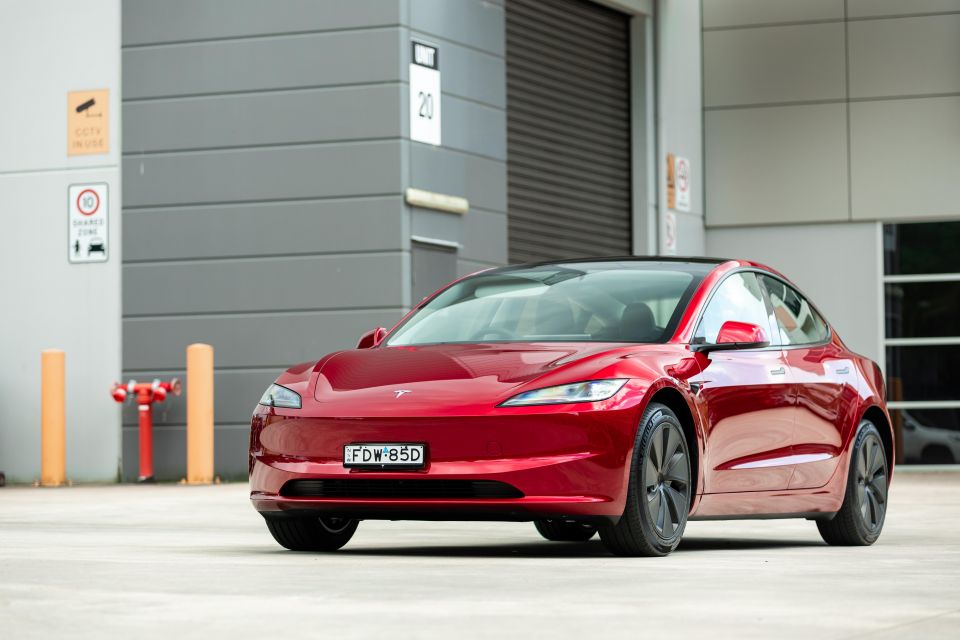
Of the Chinese manufacturers it was BYD that was making strides in 2023, selling 62 per cent more cars than in the previous year.
Its revenues also increased by 34 per cent to A$125.35 billion, with an operating margin of 6.3 per cent or A$7.8 billion.
GWM’s margin fell from 4.8 per cent in 2022 to 1.6 per cent last year, and it only made $462 per car sold. GWM would need to sell a massive 415 cars to match Ferrari’s profits.

The outlier on the list is Aston Martin, whose $31,554 loss per unit is actually an improvement on 2022, when it lost $40,658 per unit.
Sales of its DBX SUV decreased by nine per cent, but sales of its performance car lineup increased by 14 per cent respectively in 2023.
JLR last year also improved its operating margin to 11 per cent.
Max Davies is an automotive journalist based in Melbourne, Australia. Max studied journalism at La Trobe University and stepped into the automotive world after graduating in late 2023. He grew up in regional Victoria, and with a passion for everything motorsport is a fan of Fernando Alonso.


Max Davies
5 Days Ago


Max Davies
5 Days Ago


Josh Nevett
4 Days Ago
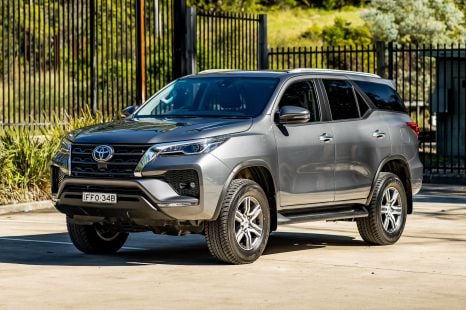

Matt Campbell
3 Days Ago


Angus MacKenzie
2 Days Ago
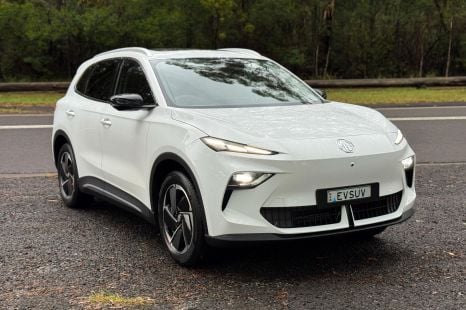

Matt Campbell
1 Day Ago